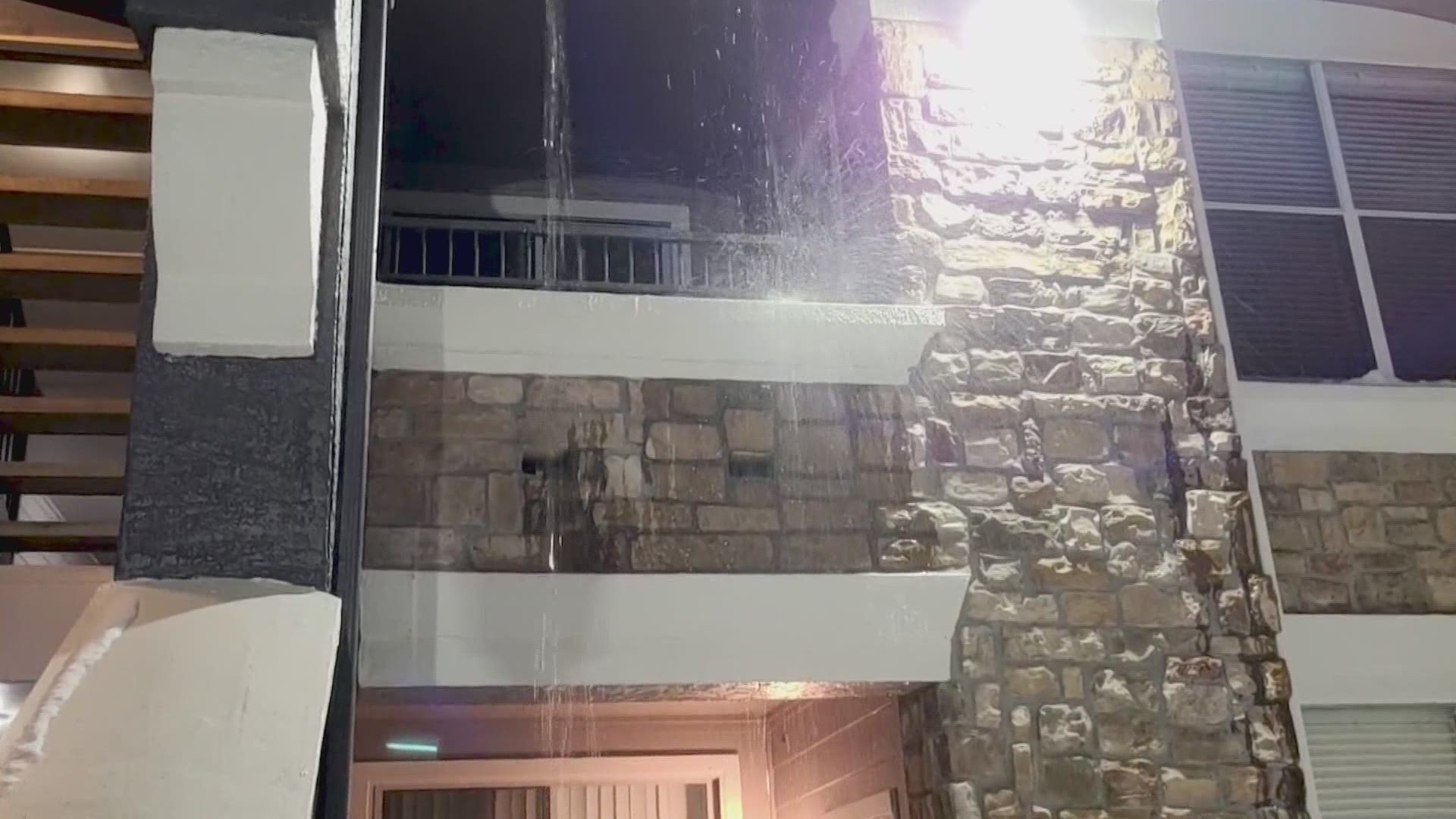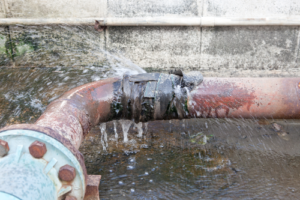The Art of Swift Response: Identifying and Fixing a Burst Pipe
The Art of Swift Response: Identifying and Fixing a Burst Pipe
Blog Article
The article author is making a number of good points regarding How to Prepare for Your Dishwasher Installation overall in this post down below.

A burst pipe is a significant emergency; you can only stand as you enjoy water you pay a lot to rejoin with the planet. In even worse cases, you notice a pool on your kitchen floor, which is a terrific trip risk, especially if you have children around. If the pipe that burst was in your walls, bad news: you may need to repaint that entire area.
Just how can a calamity like a burst pipe be prevented and managed? Well, by listening to your professional emergency plumbing professionals and also adhering to these regulations.
Just how do I understand when my pipelines have ruptured?
Fluctuating water pressures
Pipes do not just burst in a day. You may have noticed that your kitchen tap or shower doesn't run immediately when you turn the faucet. It may pause for a couple of secs and after that blast you with more force than usual.
In various other circumstances, the water might seem normal in the beginning, after that drop in stress after a couple of seconds.
Wet walls and water stains
Before a pipe ruptureds, it will certainly leakage, a lot of times. If this consistent leaking goes unnoticed, the leak might finish right into a large laceration in your pipe. One easy way to avoid this emergency is to keep an eye out for damp wall surfaces ad water stains. These water stains will lead you right to the leakage.
Puddles under pipelines as well as sinks
When a pipe bursts, the discharge creates a puddle. It may appear that the pool is expanding in size, and no matter the amount of times you wipe the puddle, in a few mins, there's an additional one waiting to be cleaned up. Frequently, you may not have the ability to map the puddle to any kind of noticeable pipes. This is a sign to call a specialist plumber.
Untraceable leaking noises
Pipeline ruptureds can happen in one of the most undesirable locations, like within concrete, inside walls, or under sinks. When your house goes silent, you may have the ability to hear an annoyingly relentless dripping sound. Also after you've examined your shower head as well as kitchen faucet, the leaking might proceed.
Precious reader, the trickling may be coming from a pipeline inside your walls. There isn't much you can do concerning that, except tell a specialist plumber.
Turn off the Water
When water ices up, it broadens in volume by concerning 9 percent. And it increases with incredible force: The stress inside pipes might go from 40 pounds per square inch to 40,000 psi! No pipeline can hold that much pressure, so it bursts. The break might happen where the ice kinds, but more frequently, it takes place where water stress discovers a weak point in the pipe. That may be inches or perhaps feet from the frozen area. Locate the water shutoff valve and shut off the water to avoid even more damage. You may additionally need to turn off the electrical energy as well, depending upon where the leakages takes place and exactly how large it is.
Contaminated water
Lots of people presume a ruptured pipe is a one-way outlet. Fairly the contrary. As water spurts of the hole or laceration in your plumbing system, impurities locate their method.
Your water may be polluted from the resource, so if you can, examine if your water tank has any type of issues. Nonetheless, if your drinking water is supplied and cleansed by the local government, you need to call your plumber instantly if you see or smell anything funny in your water.
What do I do when I identify a burst pipeline?
Your water meter will certainly remain to run even while your water wastes. To minimize your losses, discover the primary controls as well as transform the supply off. The water pipe are an above-ground framework at the edge of your home.
How to Fix & Detect a Leaking Pipe
How Do I Know if a Pipe is Leaking?
Leak detection tests can help you determine if your pipe has a leak. Even if you don’t see an apparent leak, you should still conduct leak detection tests regularly to save water and money—and prevent major damage to your home.
Water meter. It can be helpful to figure out what your usual water meter usage numbers are and then monitor them regularly. To monitor your meter, first, turn off all water faucets in your home. Check the meter and write down the numbers. In a few hours, check the meter again. If the numbers have changed, you have a leak. Water gauge. Use a water gauge to test your water pressure. Your showerhead should produce a certain amount of water pressure based on its model and design. If the pressure is lower than it is supposed to be for that specific showerhead, your home likely has a leak. Puddles. Look inside your bathroom, laundry, and kitchen sink cabinets. Puddles around the cabinets or around toilets, tubs, showers, and washing machines indicate the presence of a leaking pipe. You may also notice loose tiles, peeling or flaking paint, or mold caused by water accumulation. Napkin test. Even if you don’t see any puddles, you may still have a leak. You can test for water leaks in the bathroom, laundry, and kitchen by wiping below-sink connections with a napkin, paper towel, or piece of toilet paper. If it becomes damp, you probably have a leaking pipe under the sink. Discolored walls. Walls that are discolored—usually with brown or yellow stains—or bulging might mean that they have been impacted by water damage caused by a leaking pipe. Smell. A leaky pipe will create sitting water, and over time, that water may develop a musty smell. If your home smells musty, but you can’t locate the source, it may be due to a leak. Steps for Fixing a Leaking Pipe
A leaky drain can be remedied by tightening the pipe base, replacing the drain seal, caulking the rim, and tightening the pipe nut. Similarly, a leaking toilet pipe can be treated by tightening the packing nut. You may also need to replace the valve. A leaky faucet may just need tightening or replacement of the washers. If that doesn’t work, consider replacing your faucet. If your pipe has a hole in it, you may want to use a pipe leak sealer or pipe leak tape. This quick fix for water pipe leaks can also temporarily fix a copper pipe leak. https://www.ahs.com/home-matters/quick-tips/how-to-tell-if-pipes-are-leaking/

We are very fascinated by How to Prepare for Your Dishwasher Installation and I am assuming you enjoyed the entire blog post. In case you enjoyed our blog entry kindly don't forget to share it. Many thanks for going through it.
Estimate
Report this page